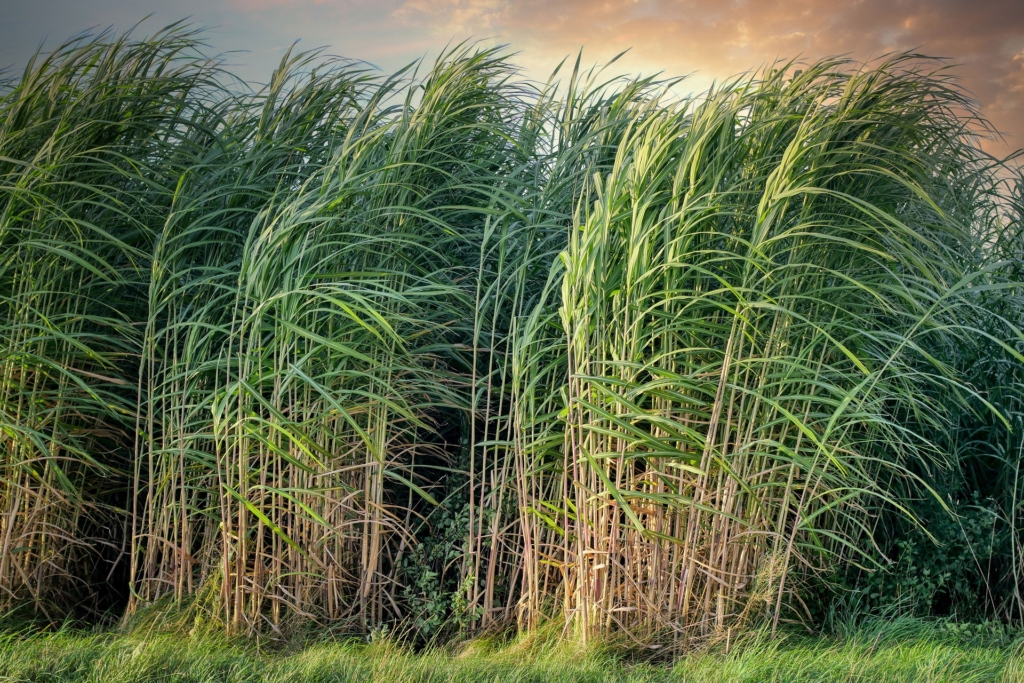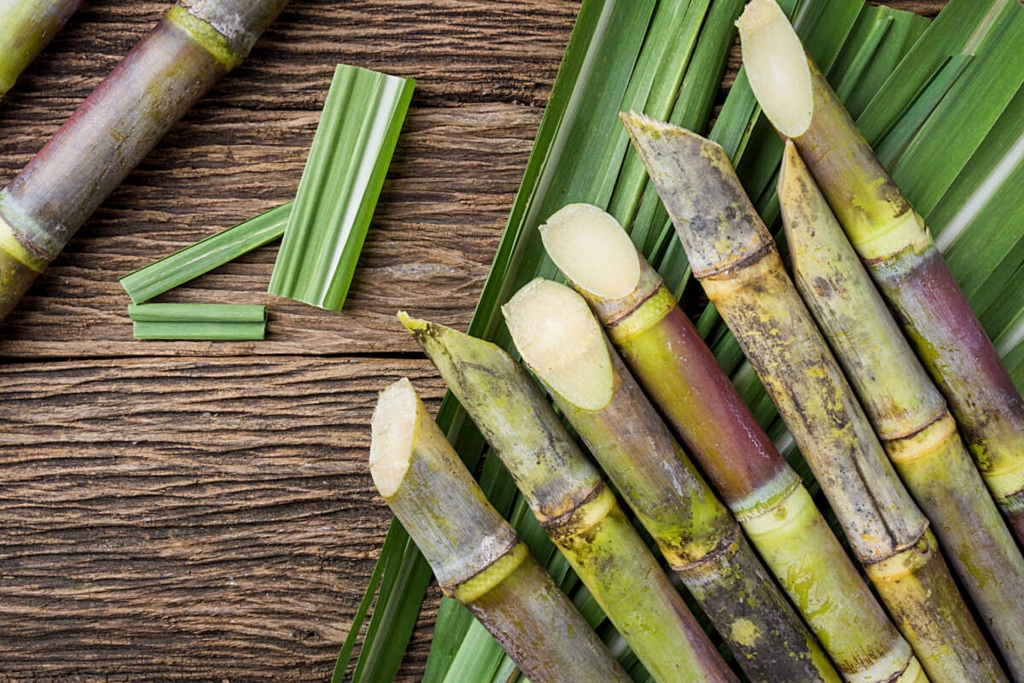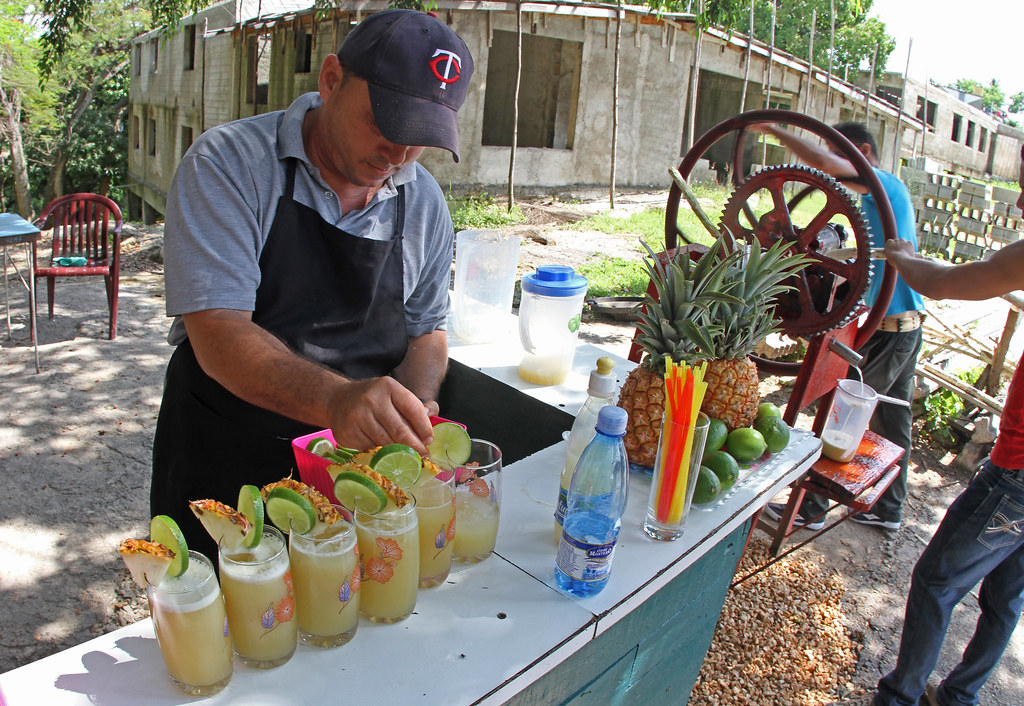Sugarcane is an essential ingredient through which varieties of sugar are derived. On its own, sugar cane is a fiber-rich stalk that contains an abundance of sucrose.
History of Sugarcane
Sugar cane originated in New Guinea, where the cultivation of sugarcane has been practiced for at least 1000 years. The cultivation of sugarcane eventually spread to Southeast Asia, China, India, and Eastern Pacific regions.
India introduced the method of extracting and refining sugar from sugarcane about 2000 years ago. Until then sugarcane was consumed by sucking and chewing it. The history of sugarcane is also inextricably linked with the tragic history of slave labor. Colonists brought commercial sugarcane production to the Western hemisphere, and with them, millions of enslaved peoples forced to farm, harvest, and refine sugarcane.

Appearance Of Sugarcane
Sugarcane resembles tall, thick grass much like bamboo. Sugarcane can reach 9 to 21 feet in height when fully grown. Their thick leaves are sword-shaped and when the cane matures, the upper end of the stalk grows into a slender arrow shape. Sugarcane is predominantly green, however, it has hints of light brown, beige, or blond color present as well.
Flavor Of Sugarcane
Sugarcane has a naturally sweet taste. Its flavor has sub notes of honey with a floral edge. If you are consuming it in liquid form, then it will taste like sugar water, but some other subtle flavors.

Culinary Benefits of Sugarcane
Love desserts? Incorporate sugarcane juice into ice-creams, yogurts, and puddings. You can try our recipe for Strawberry Sundaes. Instead of adding sugar, add the natural sweetness of sugarcane. Are sorbets your summertime special? Use sugarcane juice instead of sugar in your favorite recipes.
Looking for a tasty cocktail or mocktail? Use sugarcane juice instead of simple syrup to add the right amount of natural sweetness to your drinks. You can try these three delicious Rosé cocktails.
Unrefined cane sugar can be substituted for refined sugar in nearly any application. In candy making, however, we recommend using refined white sugar instead of unrefined cane sugar, as the pH content of cane sugar can inhibit crystallization.

Best Ways to Store Sugarcane
Sugarcane has a short shelf life and cannot be kept for more than 7 days. You can store your cane pieces in vacuum packaging in the refrigerator. When shopping for sugarcane you can find fresh sugarcane in some natural food stores or online; buy cane sugar in nearly any grocery store.
Feature Image: Joseph Mucira from Pixabay



